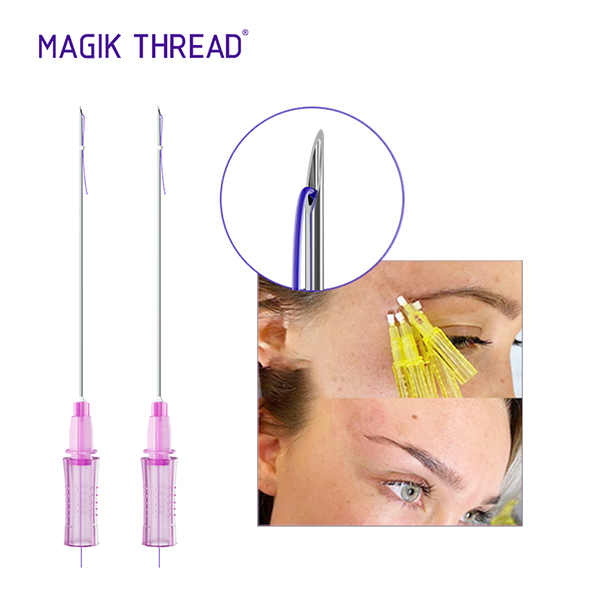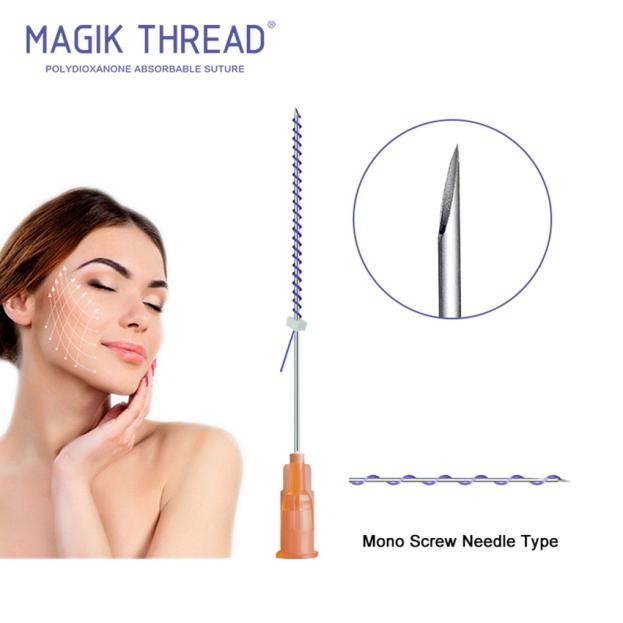After pdo thread lift surgery, there may be cases of asymmetry of bilateral lifting of the face or broken threads, as well as leakage caused by too shallow threads. If the buried wire is broken, leaking, etc., the buried wire can be removed, and it can basically be restored to its original state aft
Read More> 




